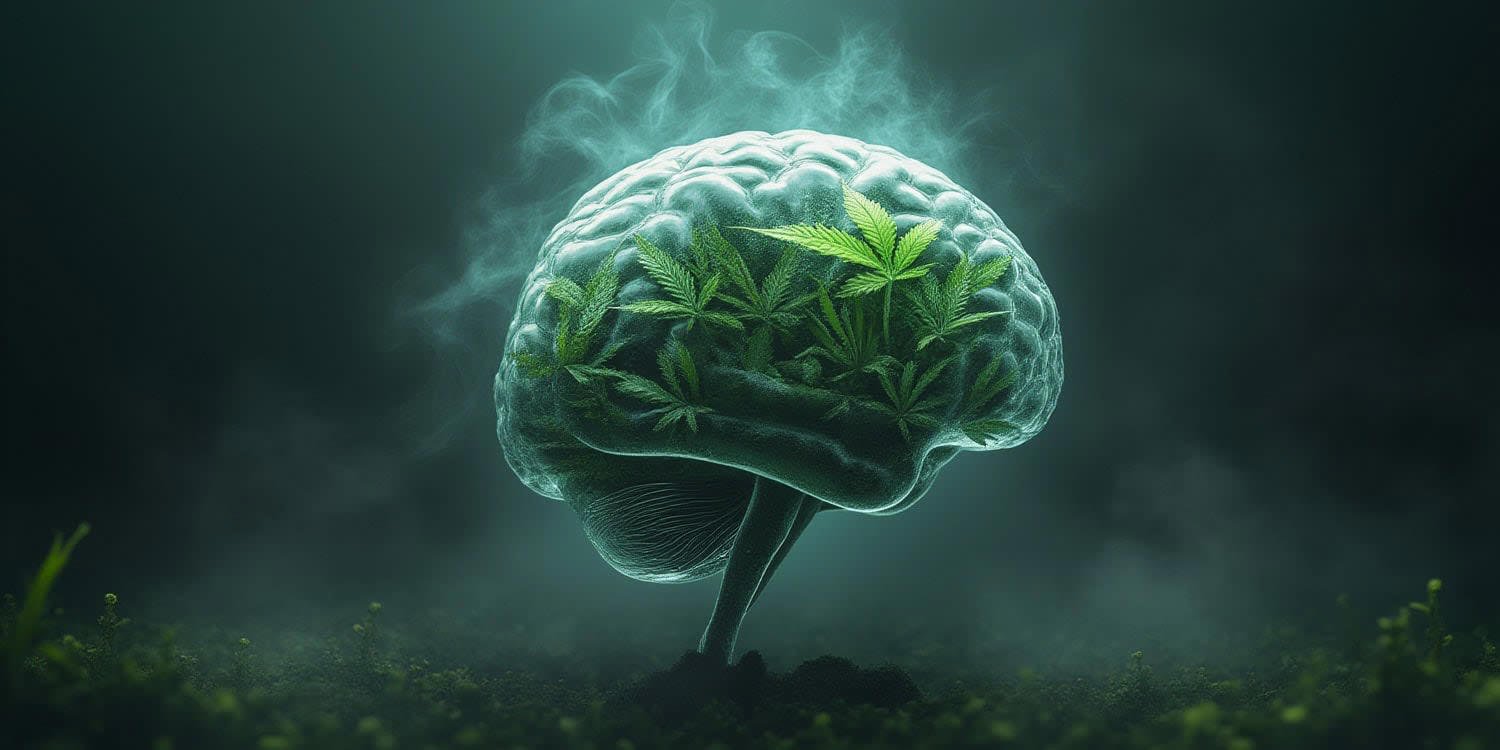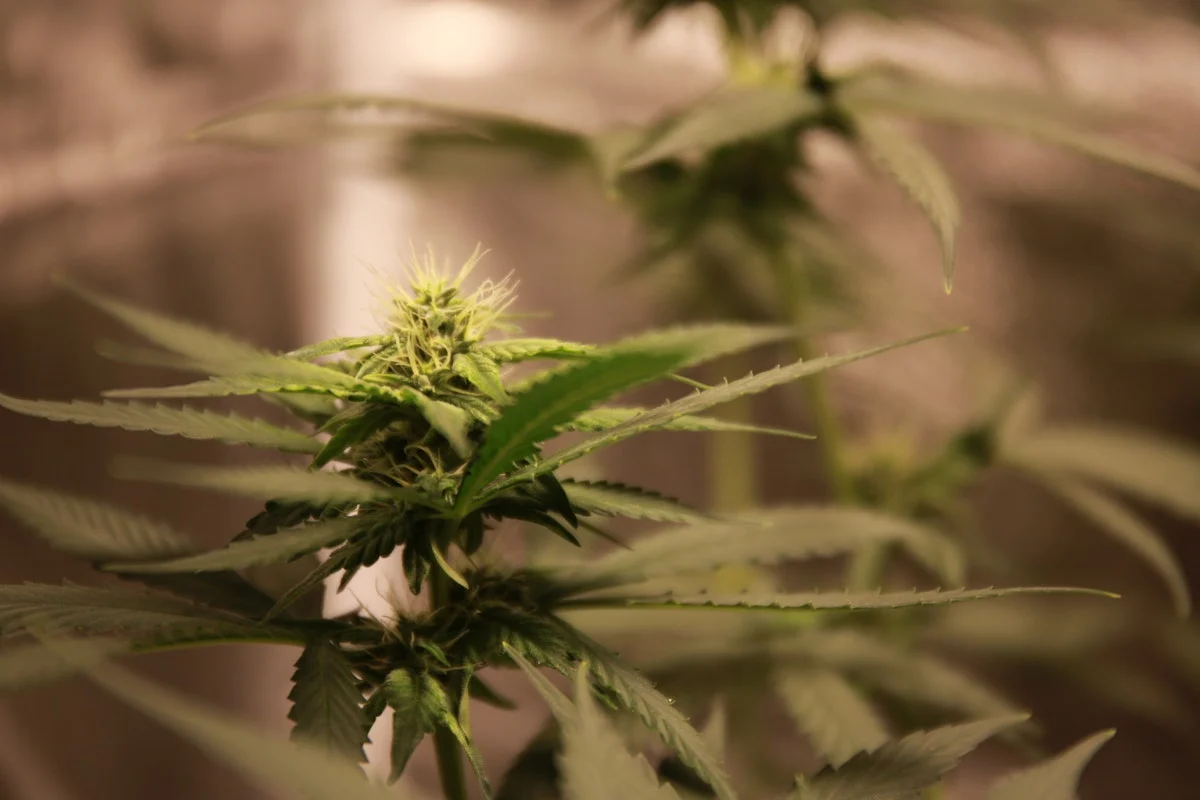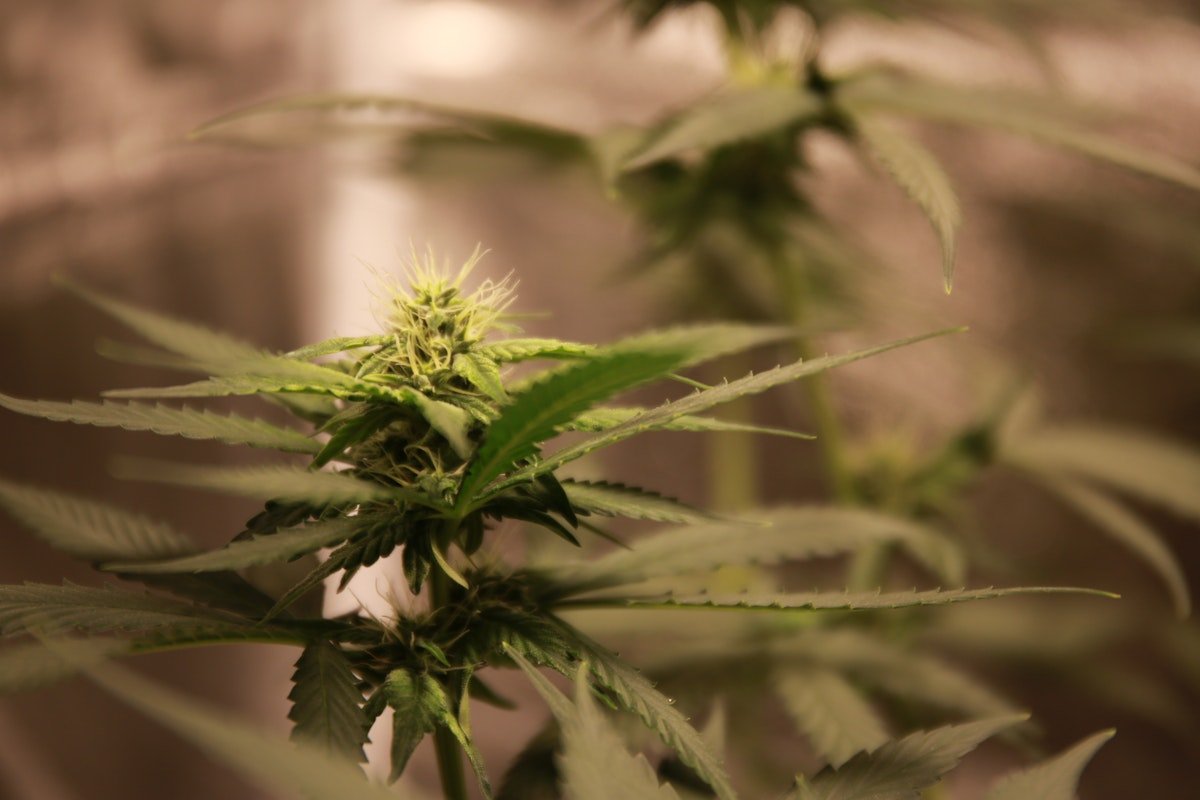A recent brain imaging study has revealed that regular cannabis users exhibit reduced spontaneous activity in a critical brain region responsible for motor control. Published in the Journal of Psychopharmacology, the research indicates that while the performance on cognitive tasks did not differ greatly between cannabis users and non-users, those who used cannabis more frequently displayed weaker brain activity correlated with more severe symptoms of cannabis use disorder and quicker reaction times during cognitive assessments.
The study aimed to investigate how cannabis affects brain activity related to movement, an area less explored compared to attention and memory. Previous studies have largely focused on how cannabis influences brain function during memory and decision-making tasks, leaving a noticeable gap in understanding its effects on motor control systems. This is vital since motor function relies on precise brain activity coordination, and any disruptions might impact daily life.
Researchers evaluated 67 adults from Omaha, Nebraska, where 34 participants reported using cannabis at least twice a week for the past six months, and 33 reported no recent cannabis use. Both groups were matched for age, gender, and demographic factors. Participants underwent structured interviews regarding their substance use history and completed standardized questionnaires assessing cannabis use disorder symptoms.
The research team employed magnetoencephalography (MEG), a non-invasive imaging technique, to measure brain activity during a modified Eriksen flanker task. This task involved identifying the direction of a central arrow while ignoring surrounding arrows, providing a way to assess both cognitive control and rapid motor responses. The researchers focused on oscillatory brain activity in the beta and gamma frequency bands, which are known to play roles in motor planning and execution.
All participants displayed normal patterns of motor-related brain activity, including a decrease in beta activity and an increase in gamma activity at the moment of hand movement. The left primary motor cortex, which governs movements on the right side of the body, showed the strongest responses. However, when analyzing spontaneous brain activity during rest periods, cannabis users exhibited significantly lower gamma activity in the left primary motor cortex compared to non-users. This reduction was specific to gamma oscillations, as no differences were observed in beta activity.
The severity of cannabis use disorder symptoms correlated with lower spontaneous gamma activity, indicating a relationship between the extent of use and changes in brain function. Furthermore, participants with decreased spontaneous gamma power generally responded faster during the flanker task, particularly among cannabis users. This suggests a possible link between altered brain function and behavioral differences, particularly in response times.
Despite the differences in brain activity, both groups performed similarly on the flanker task, showing slower responses during trials with conflicting arrows, a known phenomenon referred to as the flanker effect. Accuracy levels were also comparable, suggesting that cannabis users may compensate for alterations in brain activity to maintain performance.
The findings indicate a complex relationship between regular cannabis use, brain function, and behavior. The observed reduction in spontaneous gamma activity in the motor cortex aligns with previous findings in other brain areas affected by cannabis. Gamma activity is believed to facilitate coordinated communication across brain circuits, and its suppression may indicate broader neural communication changes. One hypothesis is that cannabis disrupts the functioning of inhibitory brain cells that produce gamma rhythms, potentially due to the interference of THC with GABAergic signaling.
The study acknowledges several limitations, including the lack of precise measurements regarding the timing of the last cannabis use before testing. Variations in cannabis potency, consumption methods, and duration of use could also impact brain activity, but these factors were not fully controlled. Additionally, the cognitive task used may not have been sufficiently challenging to detect subtle performance differences. Future research should consider more demanding tasks, larger participant samples, and direct measures of brain chemistry to clarify these observed effects.
Despite these limitations, the study adds to the growing body of evidence linking regular cannabis use with changes in brain function. While these changes did not appear to impair task performance in this instance, the reduction in spontaneous gamma activity suggests broader neural alterations associated with heavy cannabis consumption.




